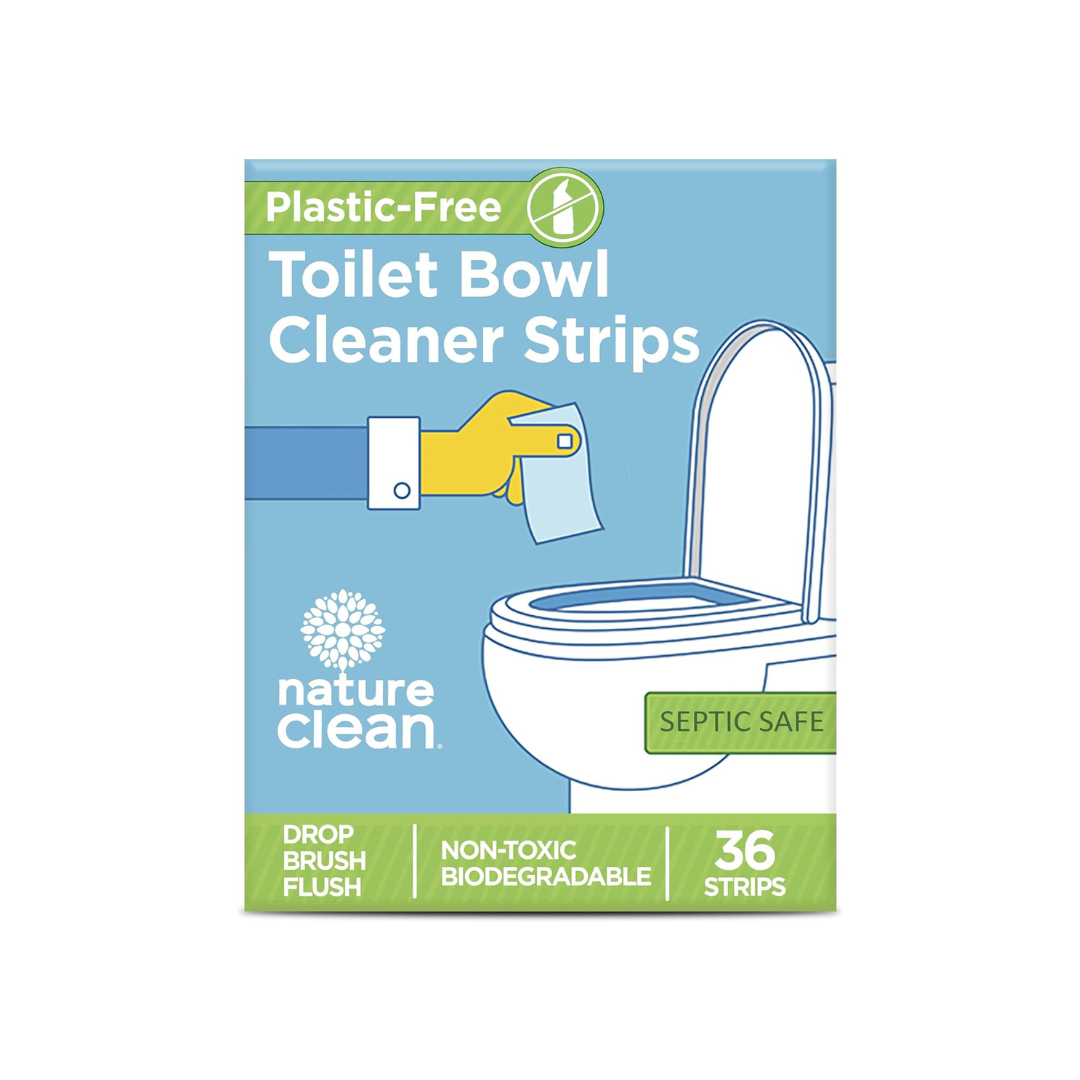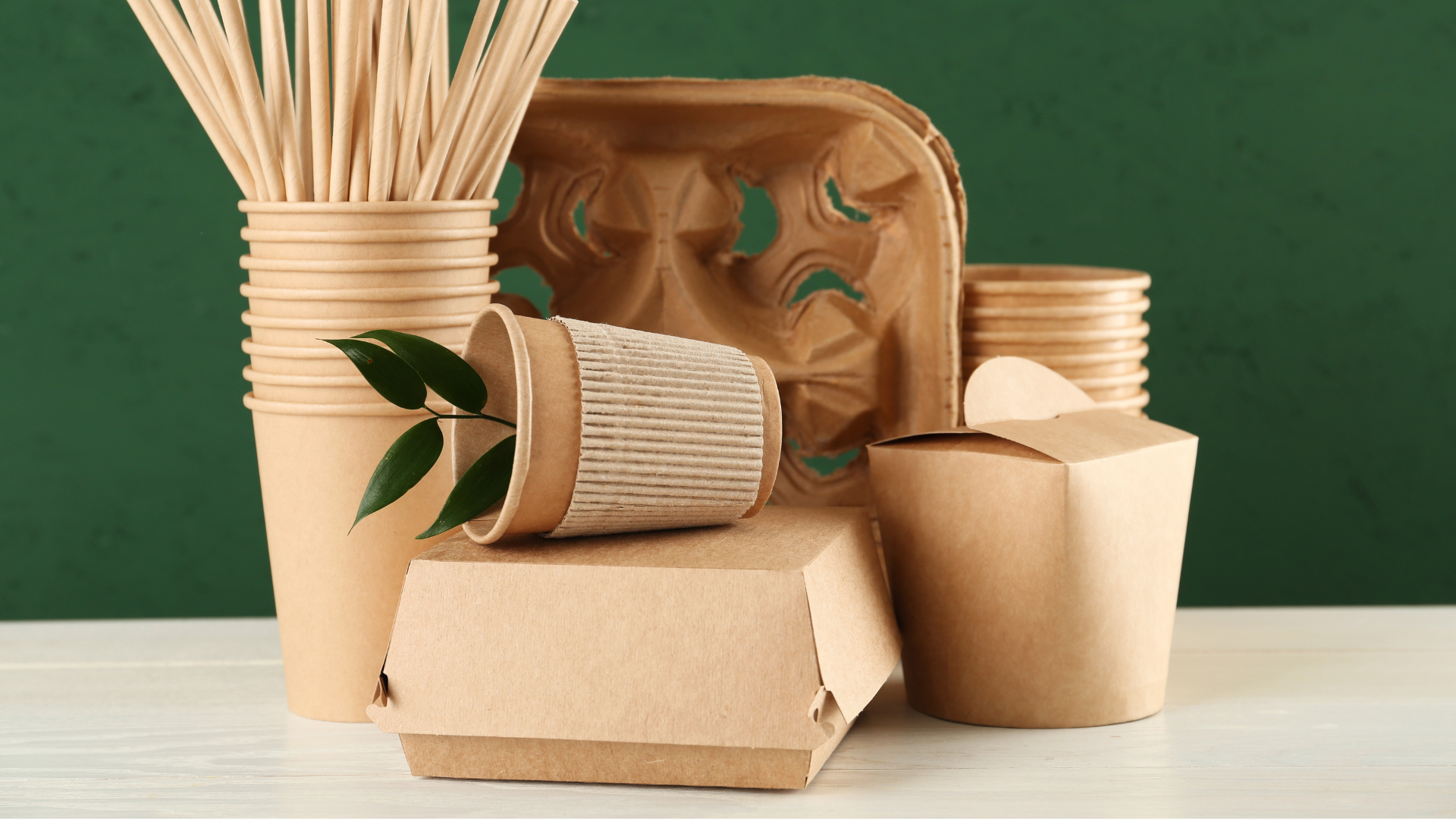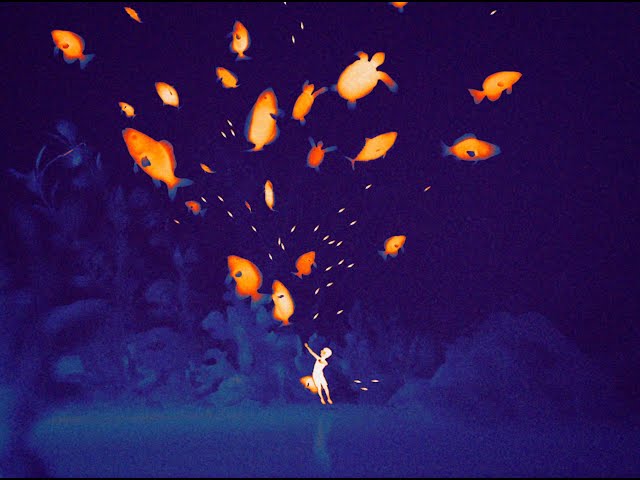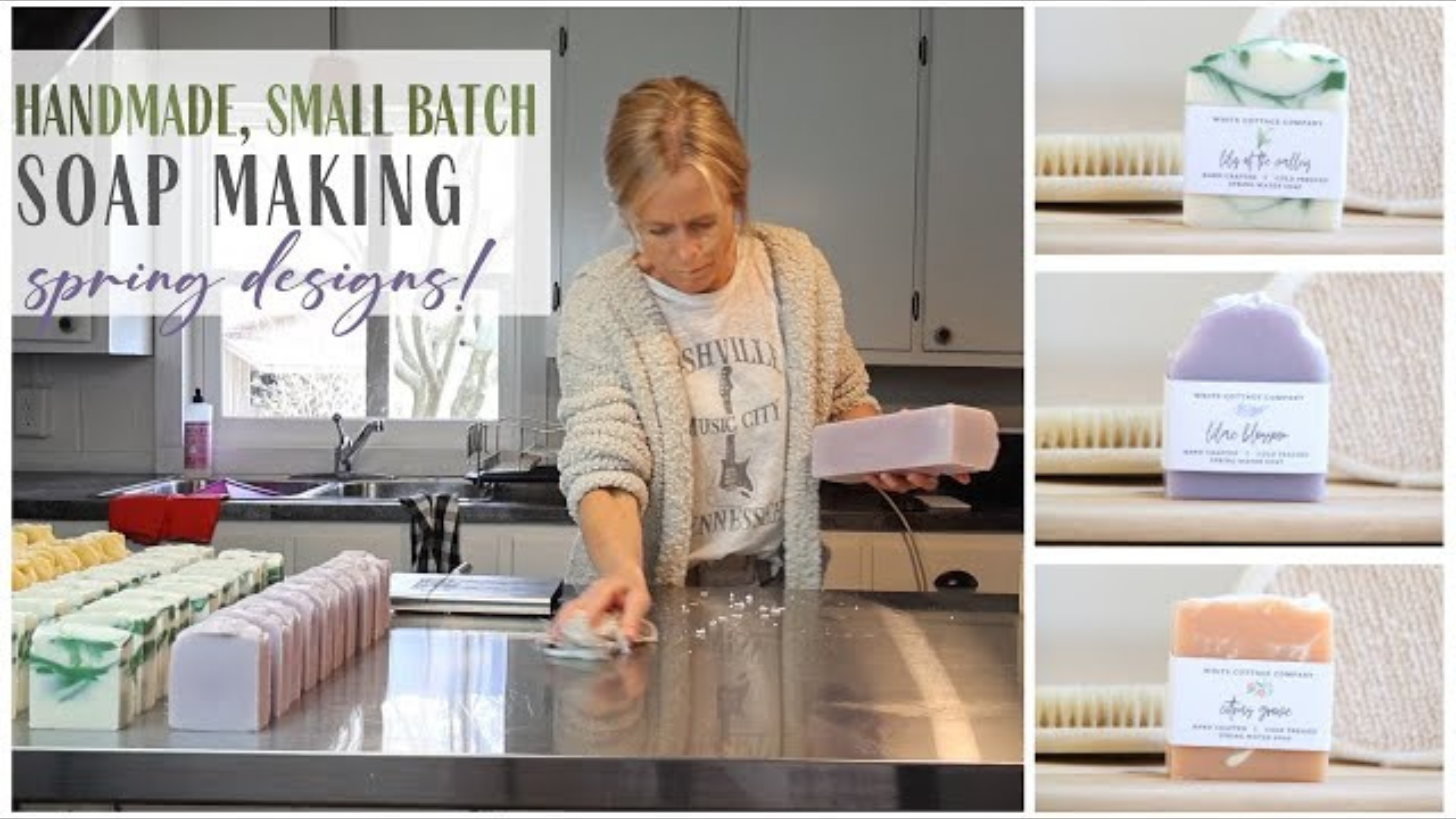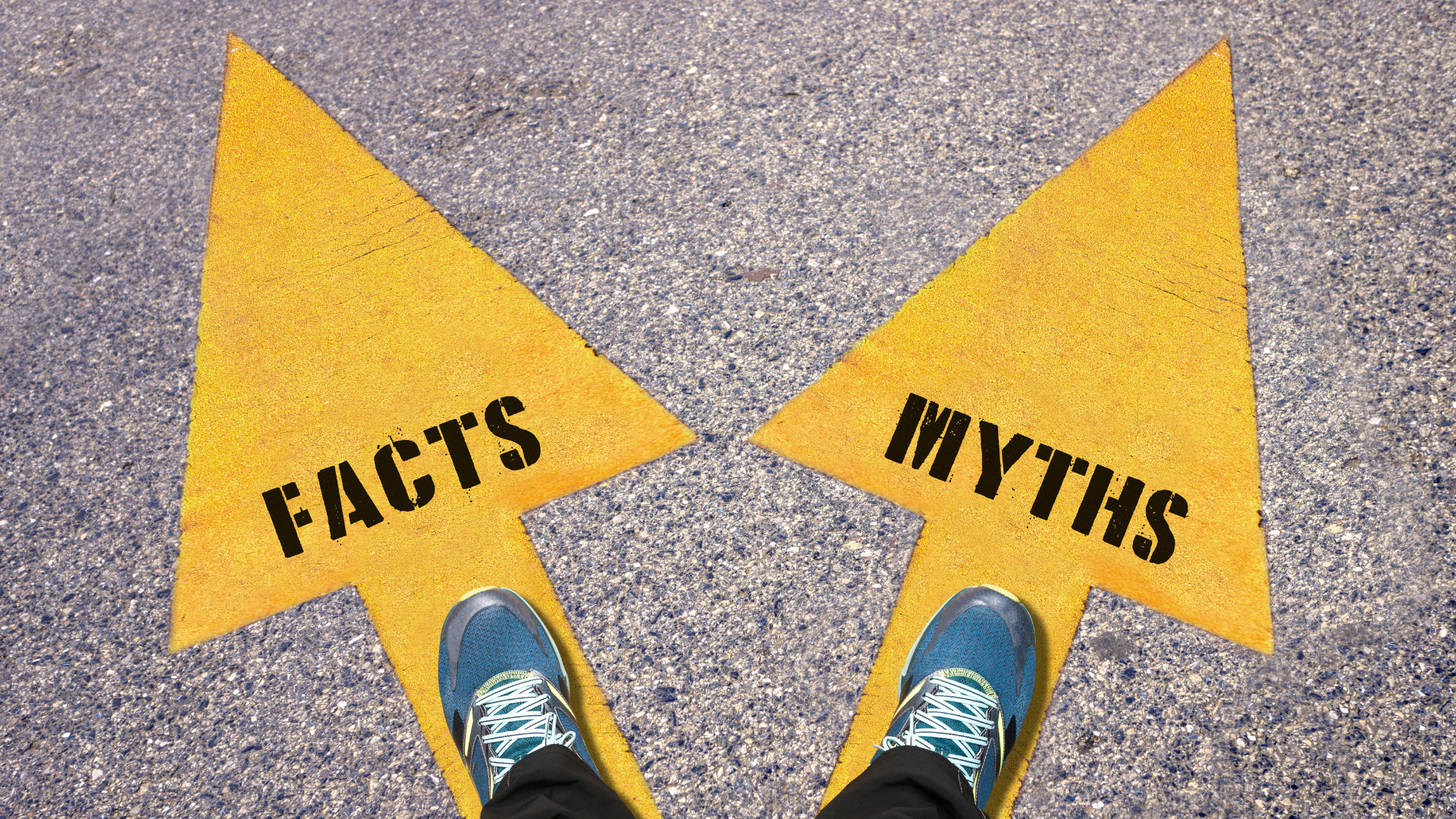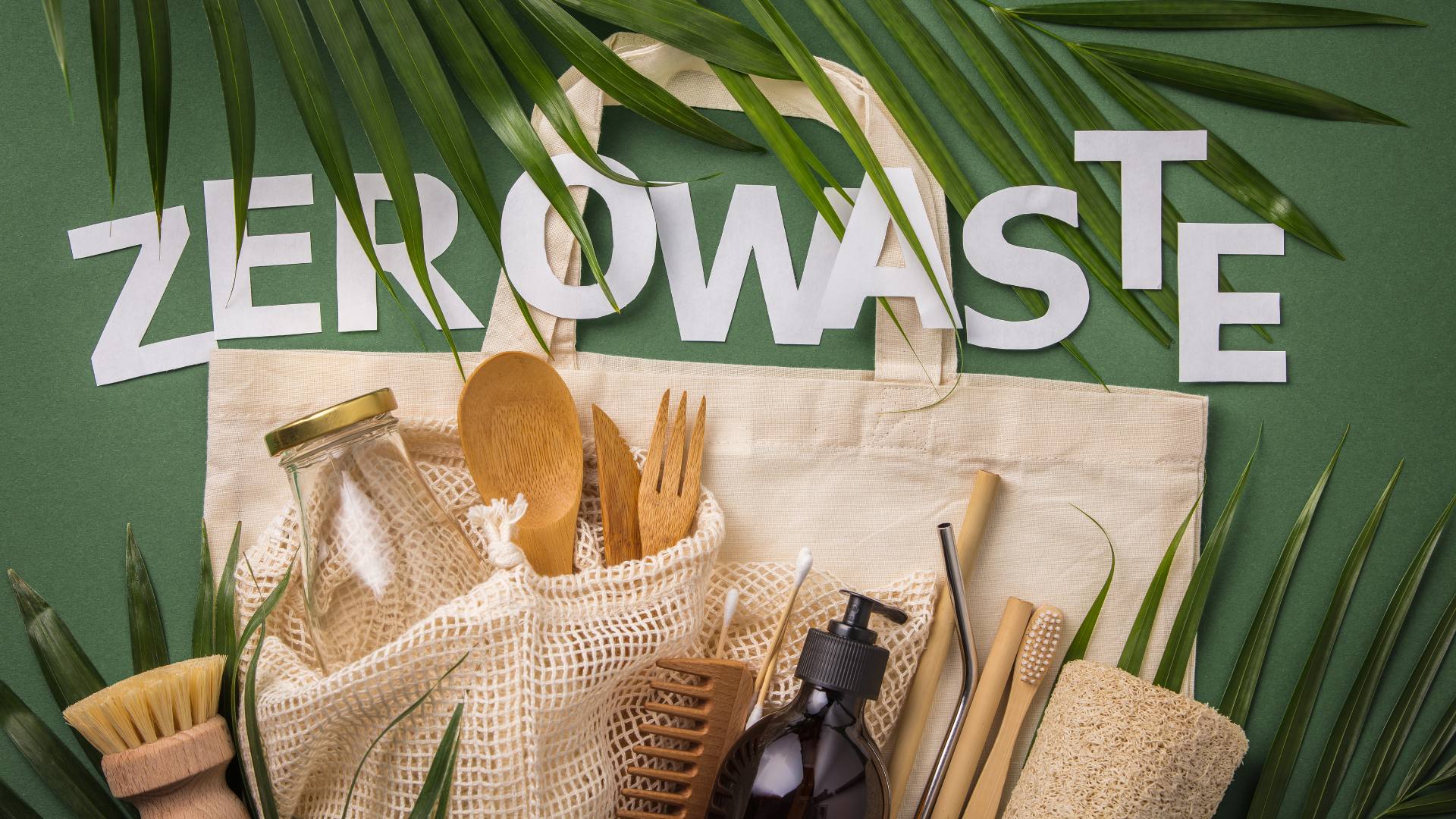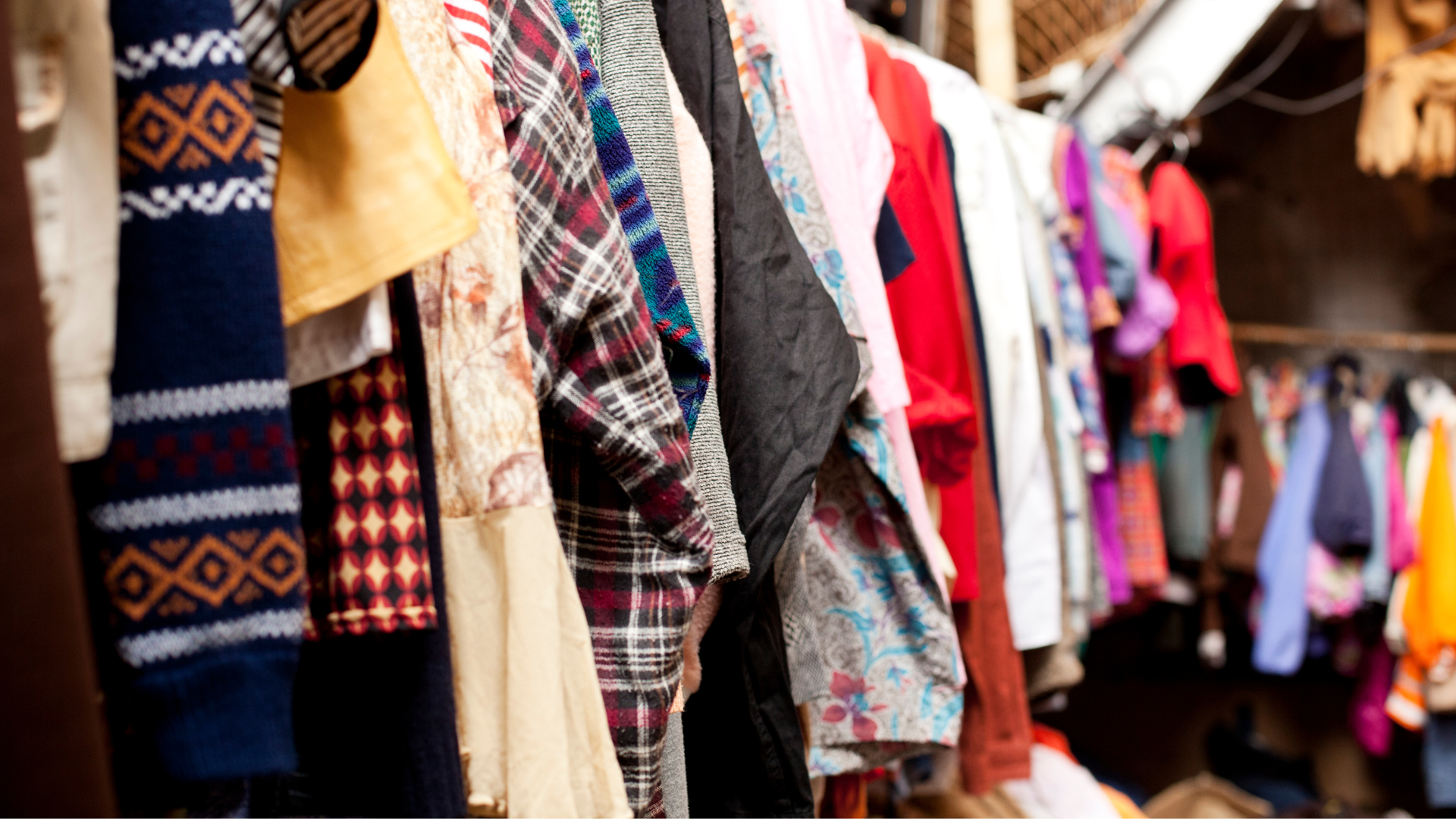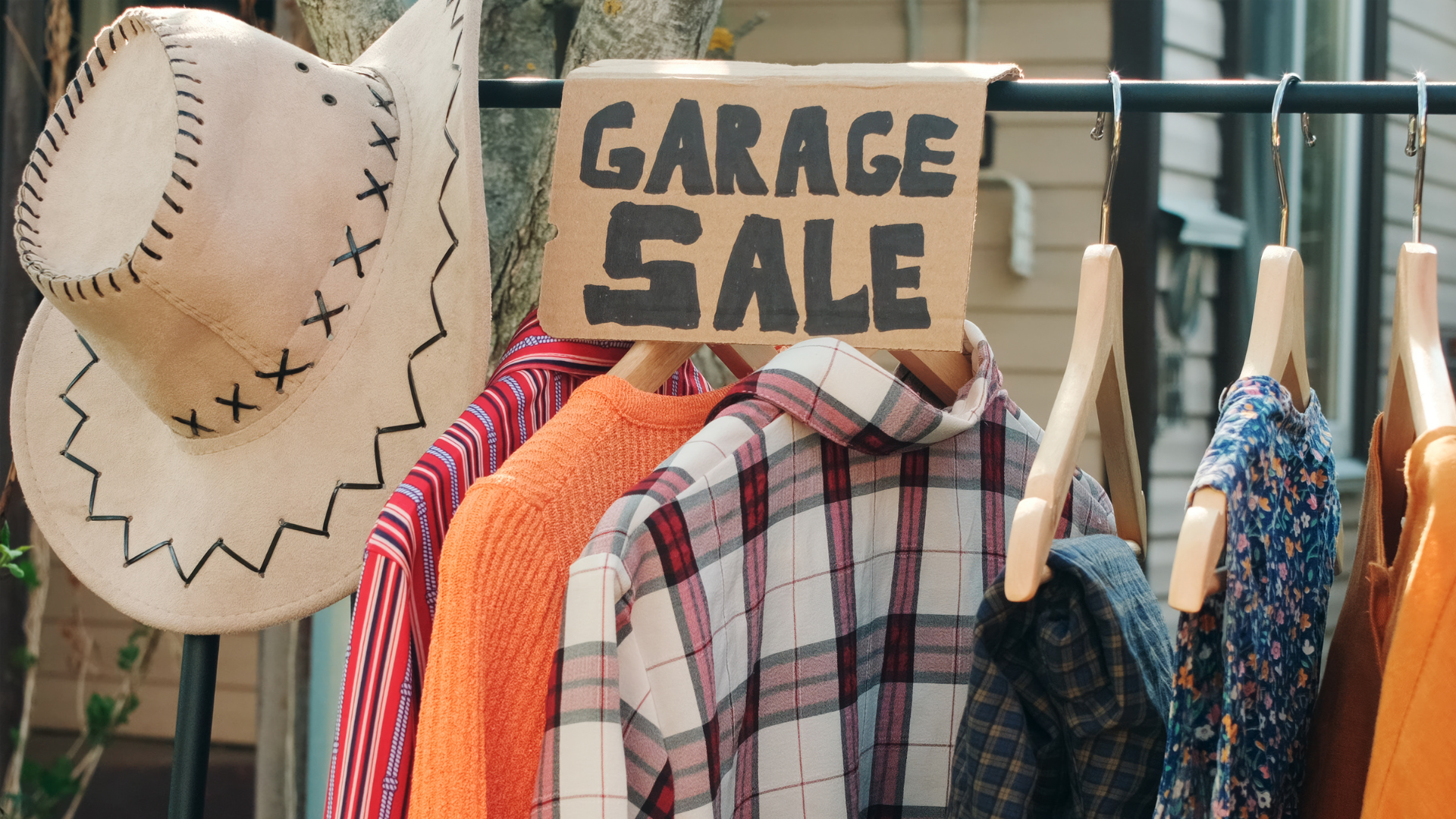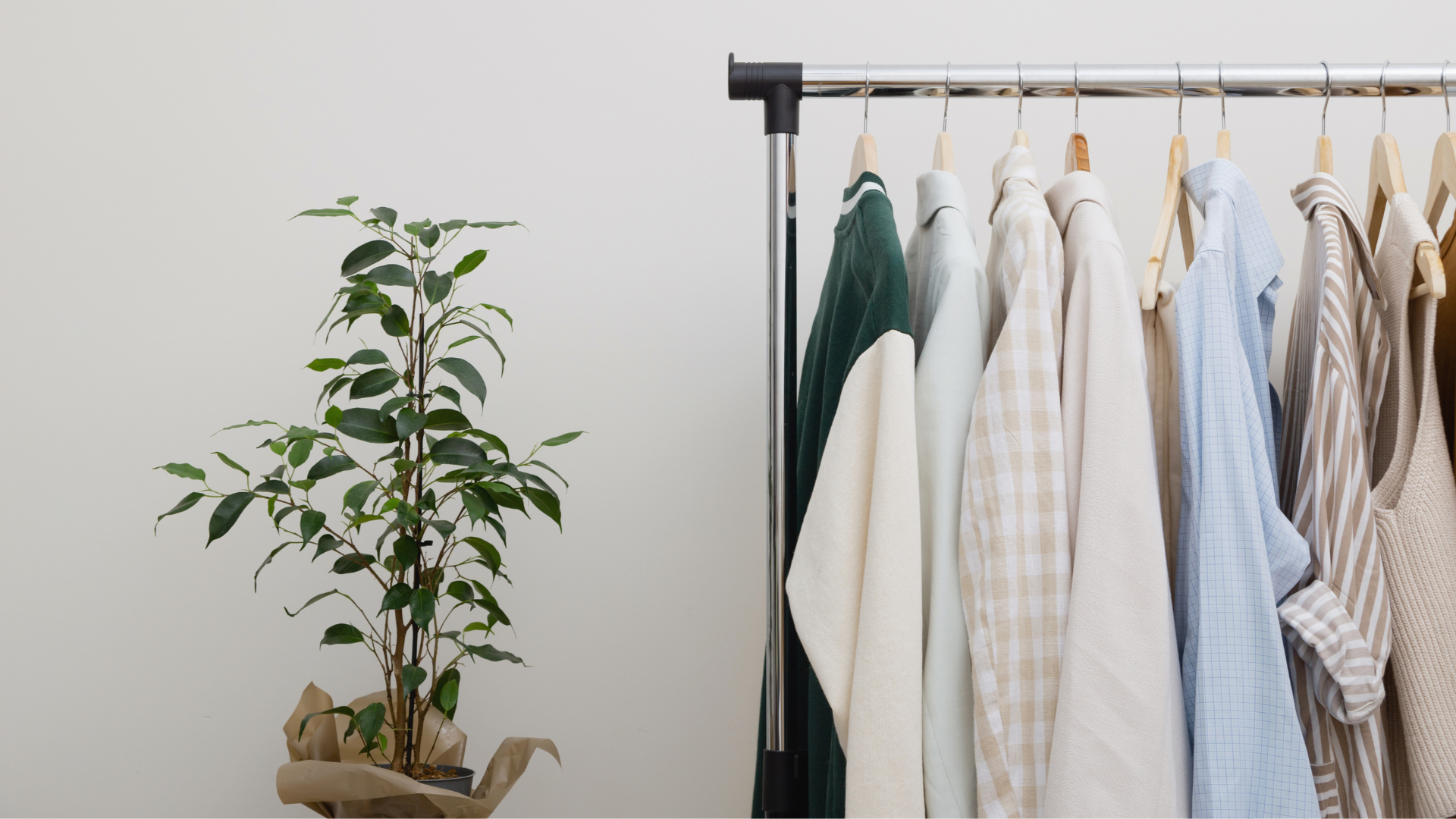Recycling is not just a way to reduce waste; it’s a commitment to our planet. Understanding the recycling symbols on products helps us make informed decisions about disposing of items correctly. Here's a guide to what each symbol means, where you might find these materials, how to recycle them properly, and what they can become through the recycling process.
Recycling Symbols Meanings
1. Plastic Recycling Symbol #1: PET or PETE (Polyethylene Terephthalate)
Found in: Commonly used in consumer products like water and soda bottles, as well as some packaging like salad dressing and peanut butter containers.
How to recycle it: PETE is widely accepted by most curbside recycling programs. Ensure containers are empty and free from food residue. Caps are often made from a different type of plastic, so check your local guidelines about cap recycling.
Recycled into: T-shirts, sweaters, fleece jackets, insulation for jackets and sleeping bags, carpeting, and more.
2. Plastic Recycling Symbol #2: HDPE (High-Density Polyethylene)
Found in: Milk jugs, detergent bottles, juice containers, and some plastic bags.
How to recycle it: HDPE is also commonly accepted in curbside recycling programs. Rinse and clean the containers to eliminate contamination. For plastic bags, many grocery stores offer specific collection bins.
Recycled into: Laundry detergent bottles, oil bottles, pens, recycling containers, floor tile, drainage pipe, benches, and doghouses.
3. Plastic Recycling Symbol #3: PVC or V (Polyvinyl Chloride)
Found in: Some cling wraps, children’s and pets’ toys, detergent, and window cleaner bottles.
How to recycle it: PVC is less frequently accepted by curbside programs due to its chemical composition. Check with your local facilities for specific disposal guidelines.
Recycled into: Flooring, paneling, mud flaps, roadway gutters, cables, speed bumps, and mats.
4. Plastic Recycling Symbol #4: LDPE (Low-Density Polyethylene)
Found in: Squeezable bottles, bread, frozen food, dry cleaning, and shopping bags.
How to recycle it: LDPE can be more challenging to recycle curbside. Many stores accept bags and wraps for recycling — ensure they are clean and dry.
Recycled into: Trash can liners and cans, compost bins, shipping envelopes, paneling, and floor tiles.
5. Plastic Recycling Symbol #5: PP (Polypropylene)
Found in: Yogurt containers, syrup bottles, ketchup bottles, caps, straws, and medicine bottles.
How to recycle it: PP is gradually becoming more accepted in curbside recycling programs. Make sure items are clean and free from residue.
Recycled into: Signal lights, battery cables, brooms, brushes, auto battery cases, and bicycle racks.
6. Plastic Recycling Symbol #6: PS (Polystyrene)
Found in: Disposable coffee cups, plastic food boxes, plastic cutlery, and packing foam.
How to recycle it: Polystyrene is often not recyclable through curbside programs and can be difficult to recycle. Look for local drop-off locations specializing in polystyrene.
Recycled into: Insulation board, egg cartons, foam packing, and carry-out containers.
7. Plastic Recycling Symbol #7: Miscellaneous
Found in: A variety of applications including large water bottles, sunglasses, DVDs, iPod and computer cases, and nylon.
How to recycle it: This category covers all other plastics, including bioplastics, co-polyester, acrylic, and more, making them challenging to recycle. Check with your local recycling facility for guidance.
Recycled into: Plastic lumber, custom-made products, and sometimes new containers and packaging.
Conclusion
As we strive to make more sustainable choices every day, understanding how to properly recycle the various materials we encounter is crucial. By educating ourselves and taking action, we can significantly impact our environment. At Flora, we're committed to helping you on this journey toward sustainability.
Visit Flora for more tips, insightful articles, and eco-friendly product recommendations. Don't forget to check out Flora Blogs for the latest updates and guides on living a greener life. Together, let's nurture our planet for future generations by making informed choices and fostering a sustainable lifestyle. Join us in this movement, and let's transform our world, one recycled item at a time!



